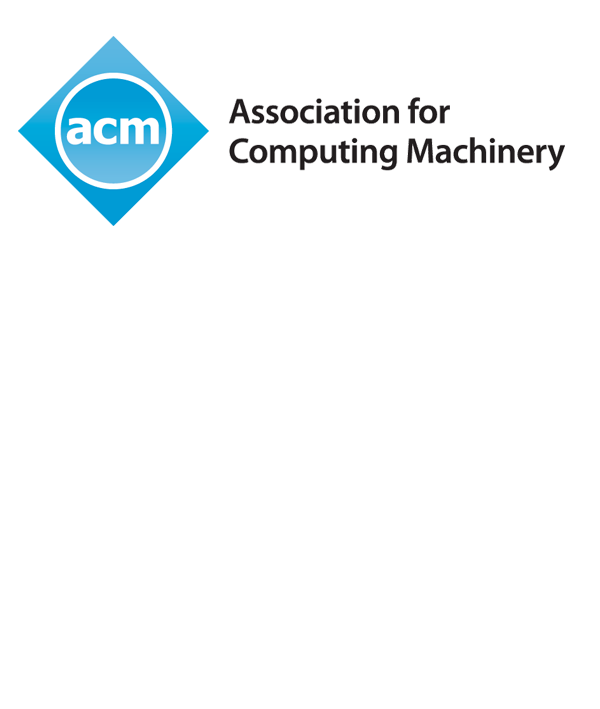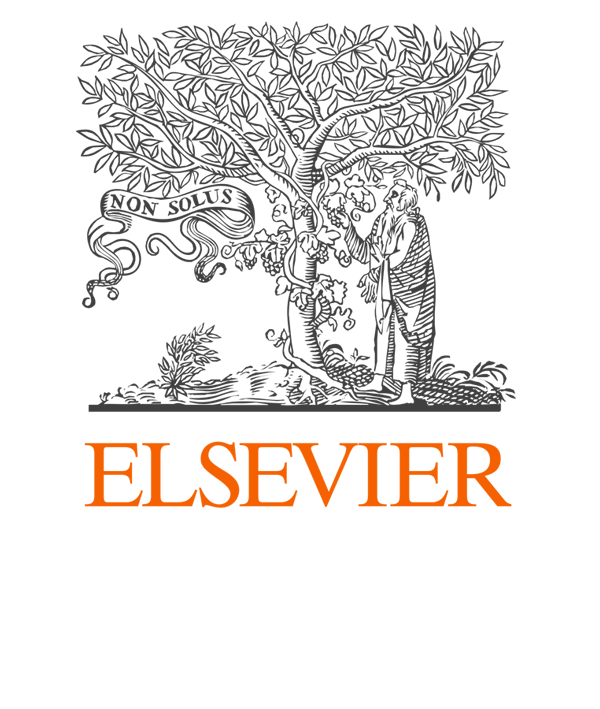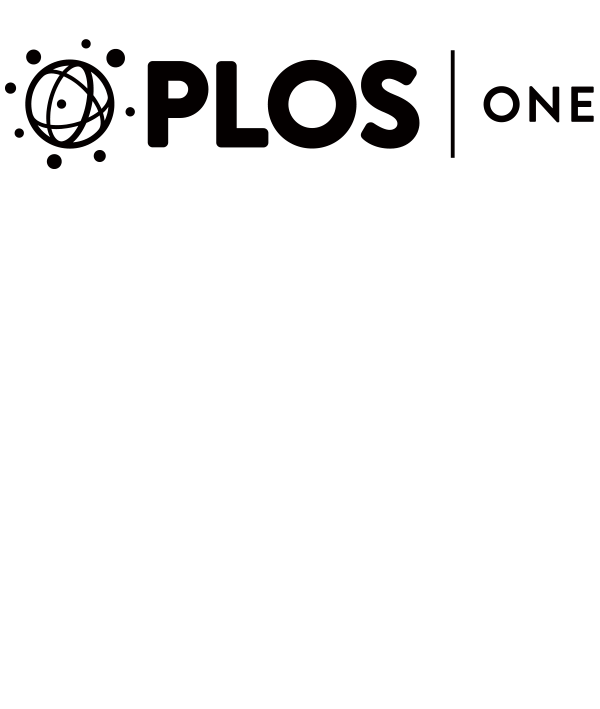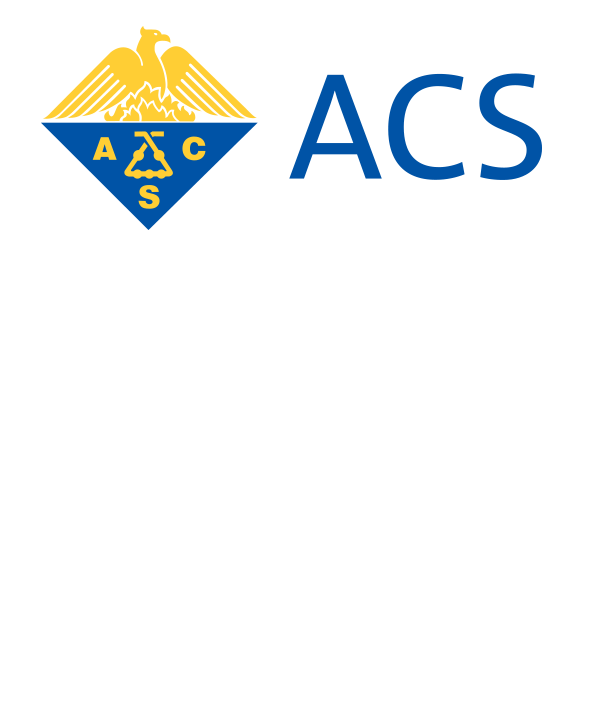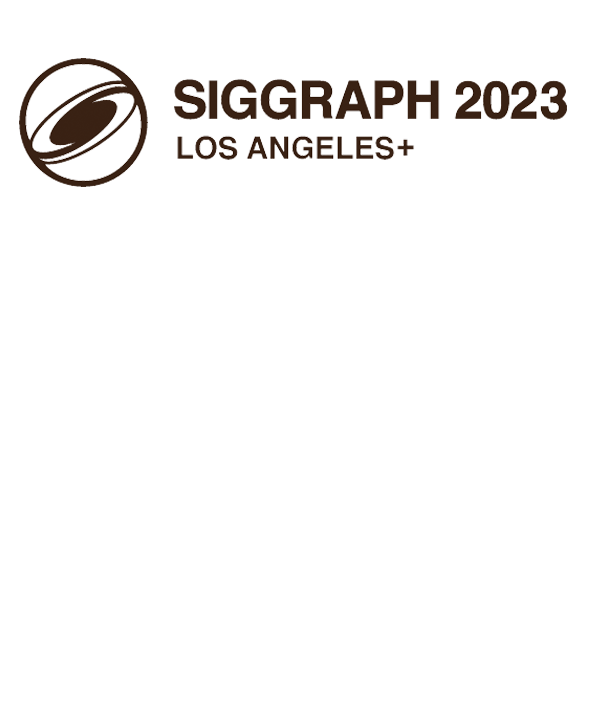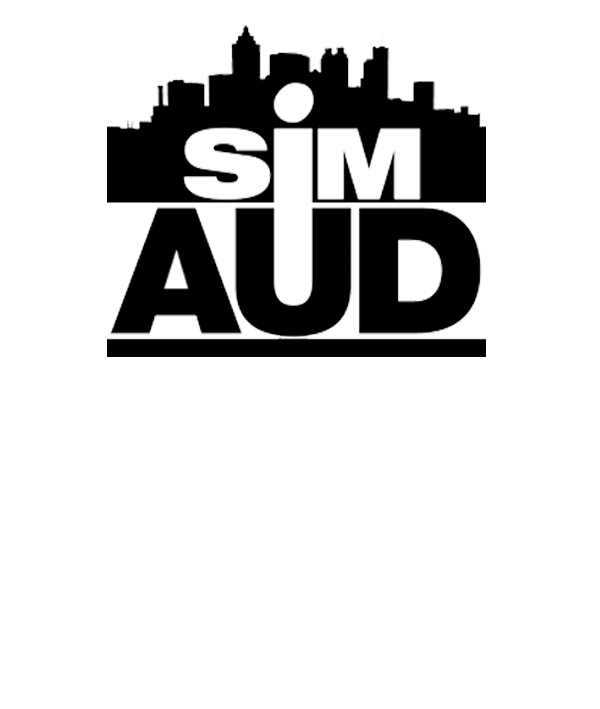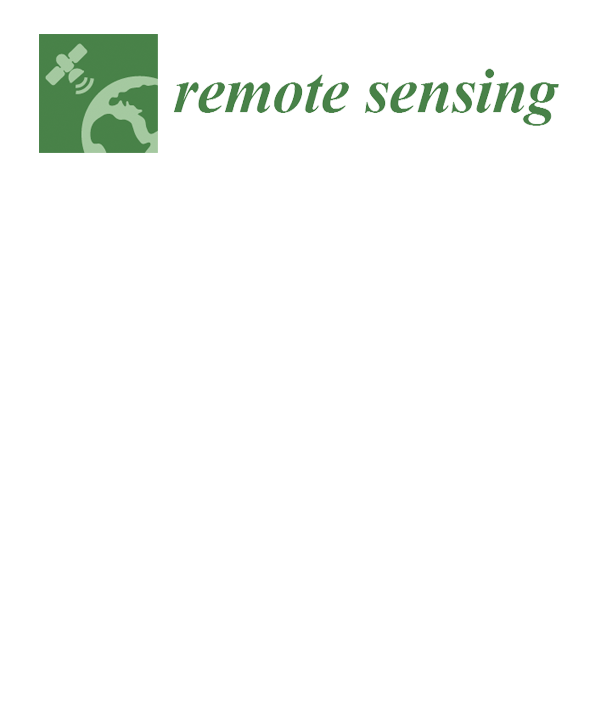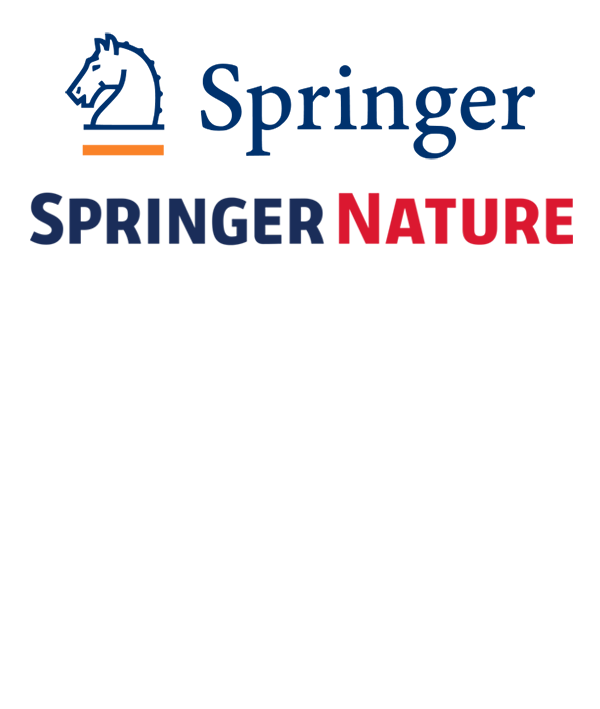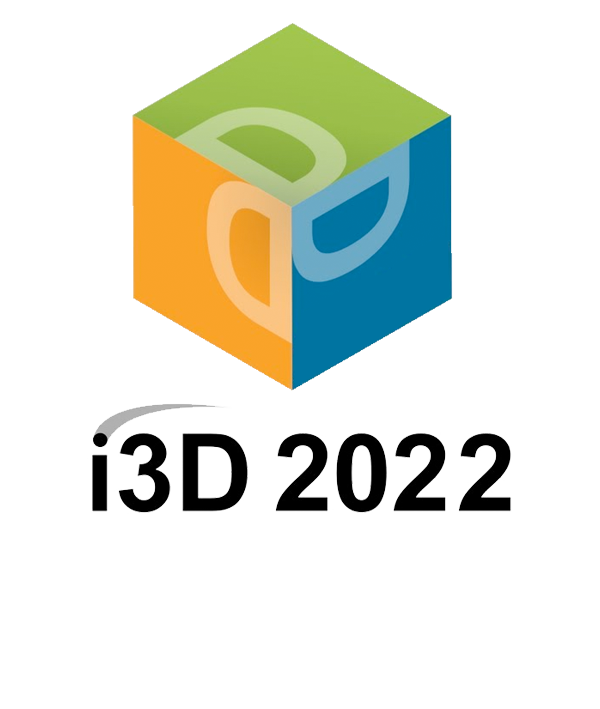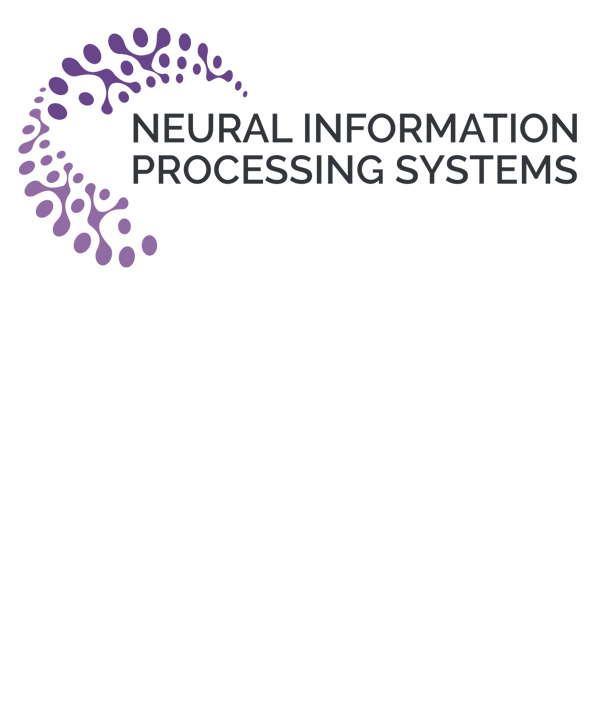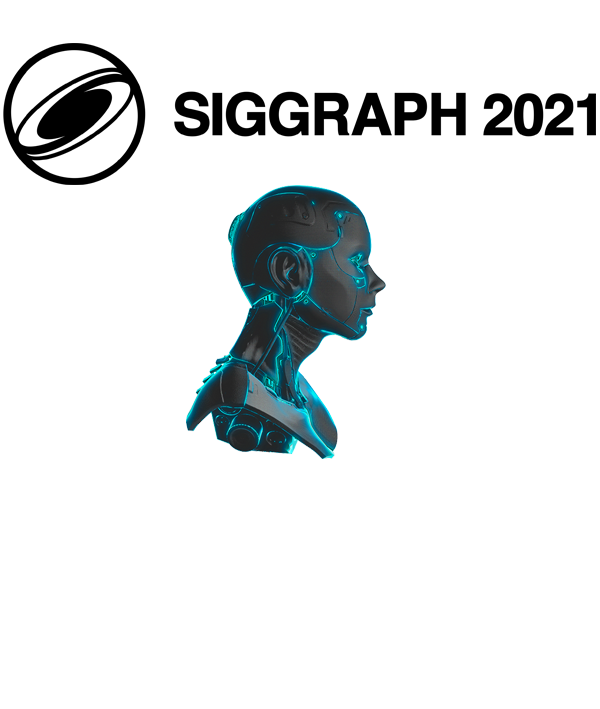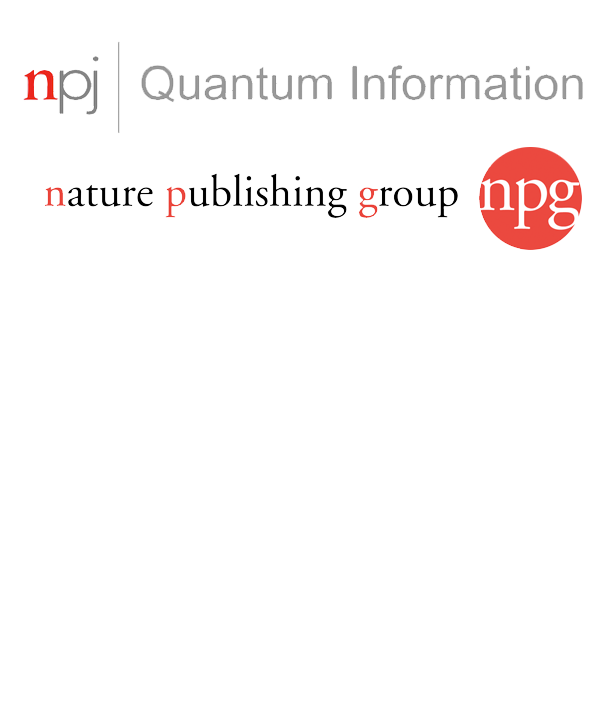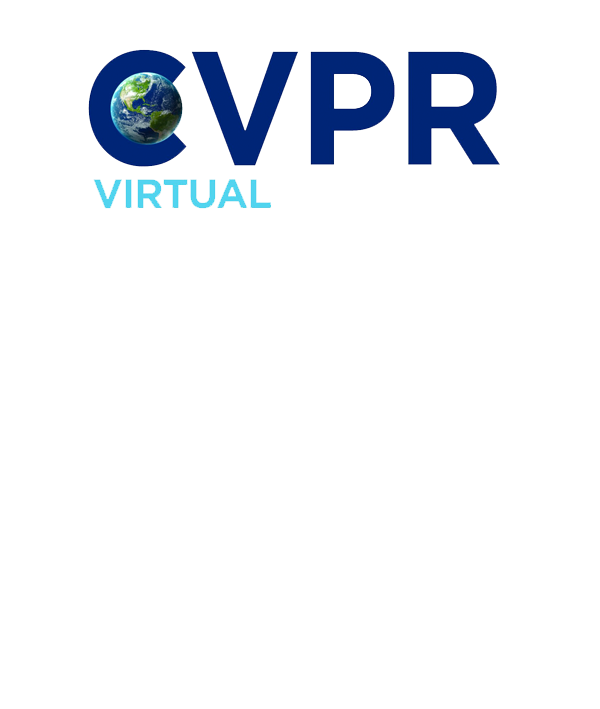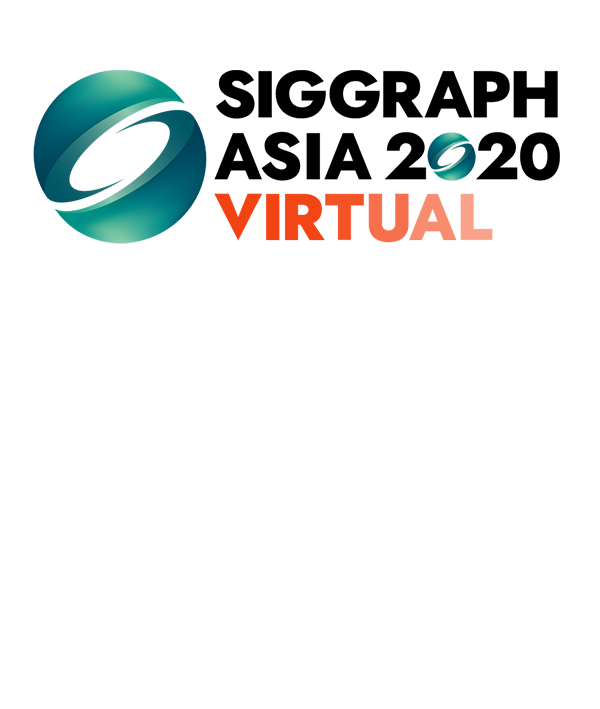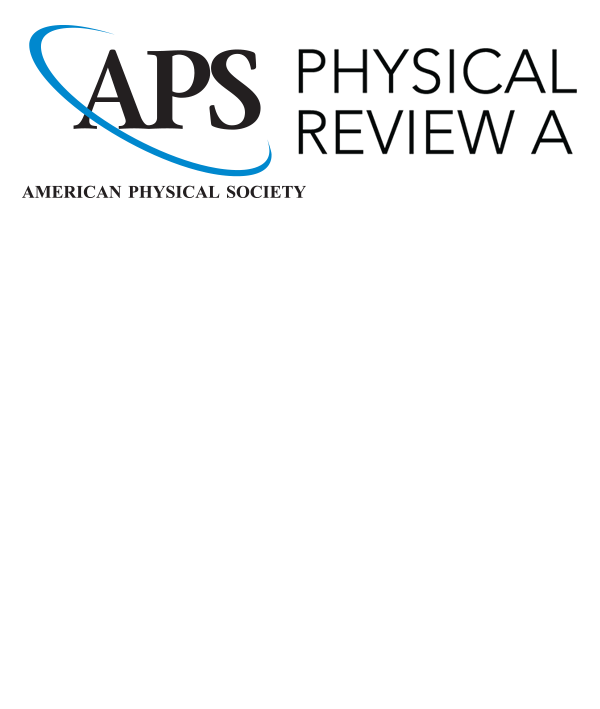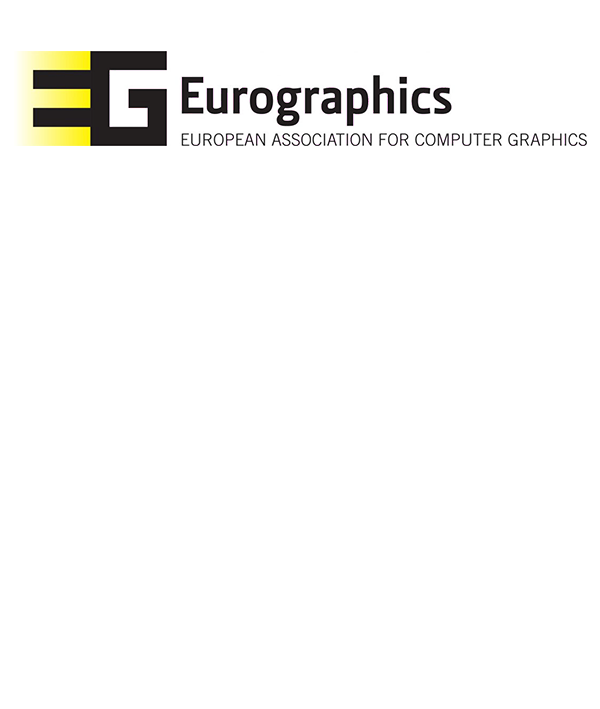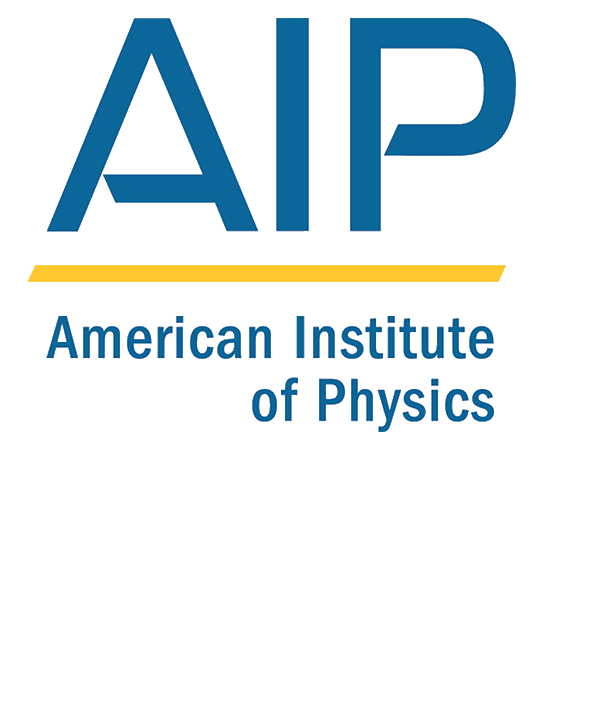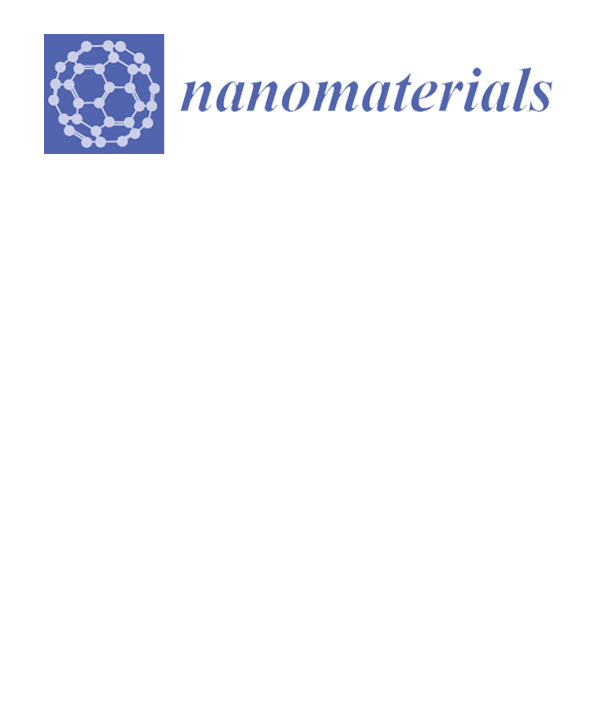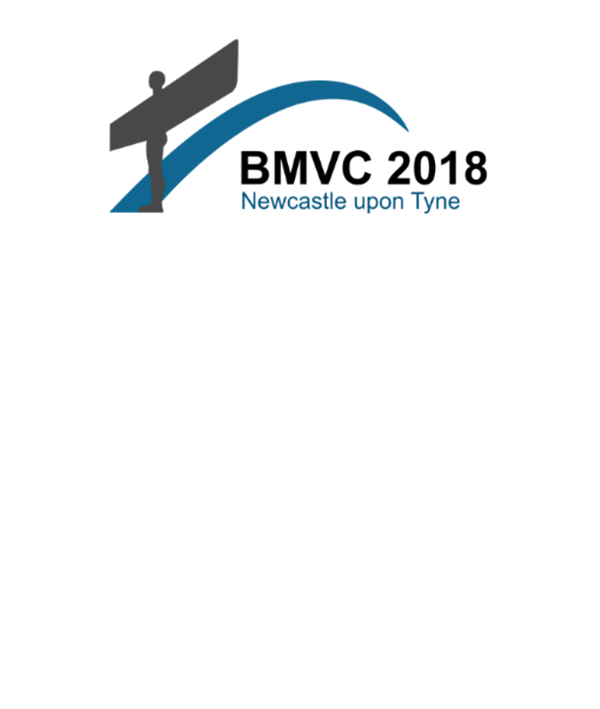
A Flexible Mold for Facade Panel Fabrication
F. Rist, Z. Wang, D. Pellis, M. Palma, D. Liu, E. Grinspun, and D. L. Michels.
ACM Transactions on Graphics (SIGGRAPH Asia 2024), ACM (2024).
Architectural surface panelling often requires fabricating molds for panels, a process that can be cost-inefficient and material-wasteful when using traditional methods such as CNC milling. In this paper, we introduce a novel solution to generating molds for efficiently fabricating architectural panels. At the core of our method is a machine that utilizes a deflatable membrane as a flexible mold. By adjusting the deflation level and boundary element positions, the membrane can be reconfigured into various shapes, allowing for mass customization with significantly lower overhead costs. We devise an efficient algorithm that works in sync with our flexible mold machine that optimizes the placement of customizable boundary element positions, ensuring the fabricated panel matches the geometry of a given input shape: (1) Using a quadratic Weingarten surface arising from a natural assumption on the membrane's stress, we can approximate the initial placement of the boundary element from the input shape's geometry; (2) we solve the inverse problem with a simulator-in-the-loop optimizer by searching for the optimal placement of boundary curves with sensitivity analysis. We validate our approach by fabricating baseline panels and a facade with a wide range of curvature profiles, providing a detailed numerical analysis on simulation and fabrication, demonstrating significant advantages in cost and flexibility.


